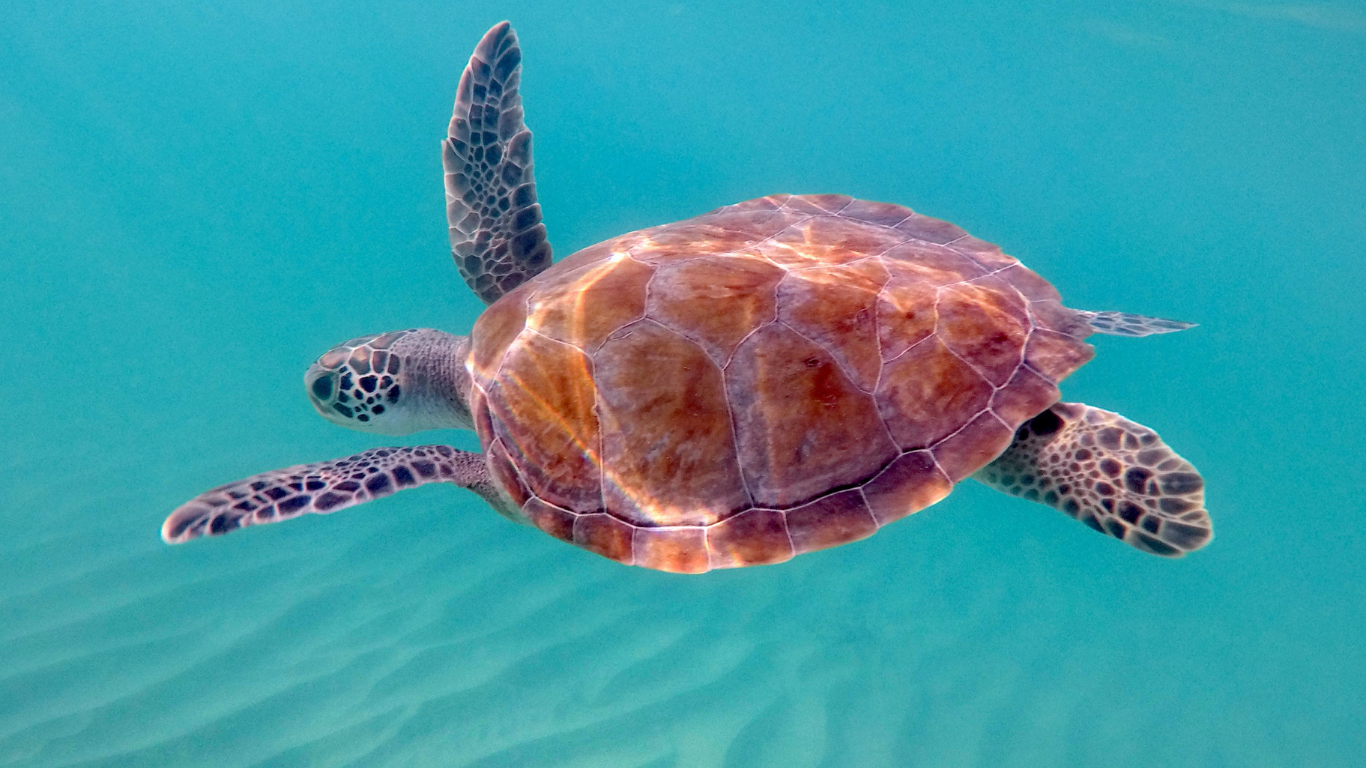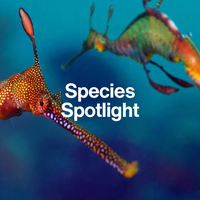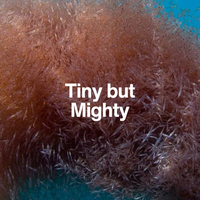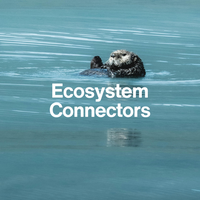The Gentle Giant of the Blue
Whale Shark
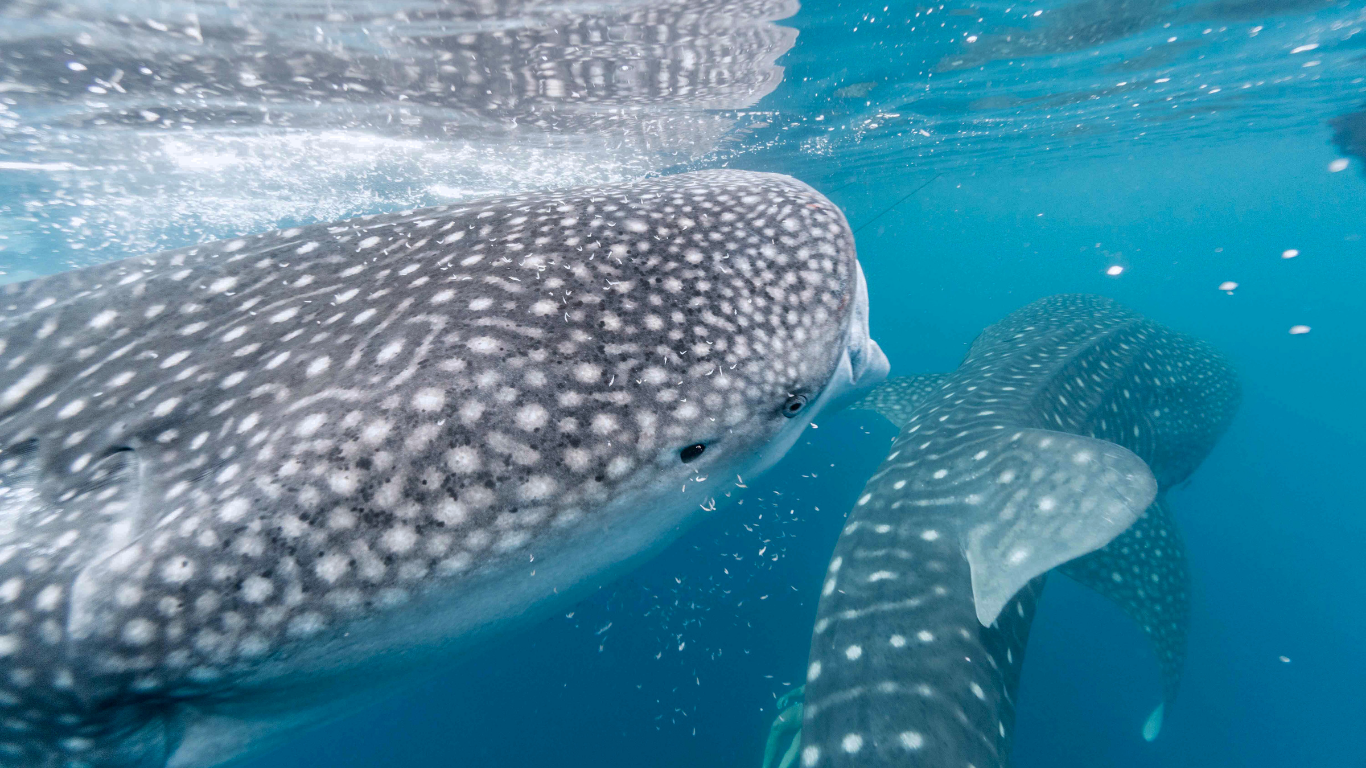
The biggest fish in the sea doesn’t bite—it filters. Slow, spotted, and spectacular, the whale shark reminds us that giants can be gentle.
Introduction
A Filter-Feeding Colossus
The whale shark (Rhincodon typus) holds the record for the largest living fish on Earth. Stretching up to 18 metres in length, it cruises through warm tropical seas like a spotted submarine—silent, solitary, and peaceful.
Despite its enormous size, this shark is no predator in the traditional sense. It glides through the ocean with its mouth wide open, filtering plankton, fish eggs, and tiny creatures from the water.
But for all its size, we still know surprisingly little about it—and its future is far from secure.
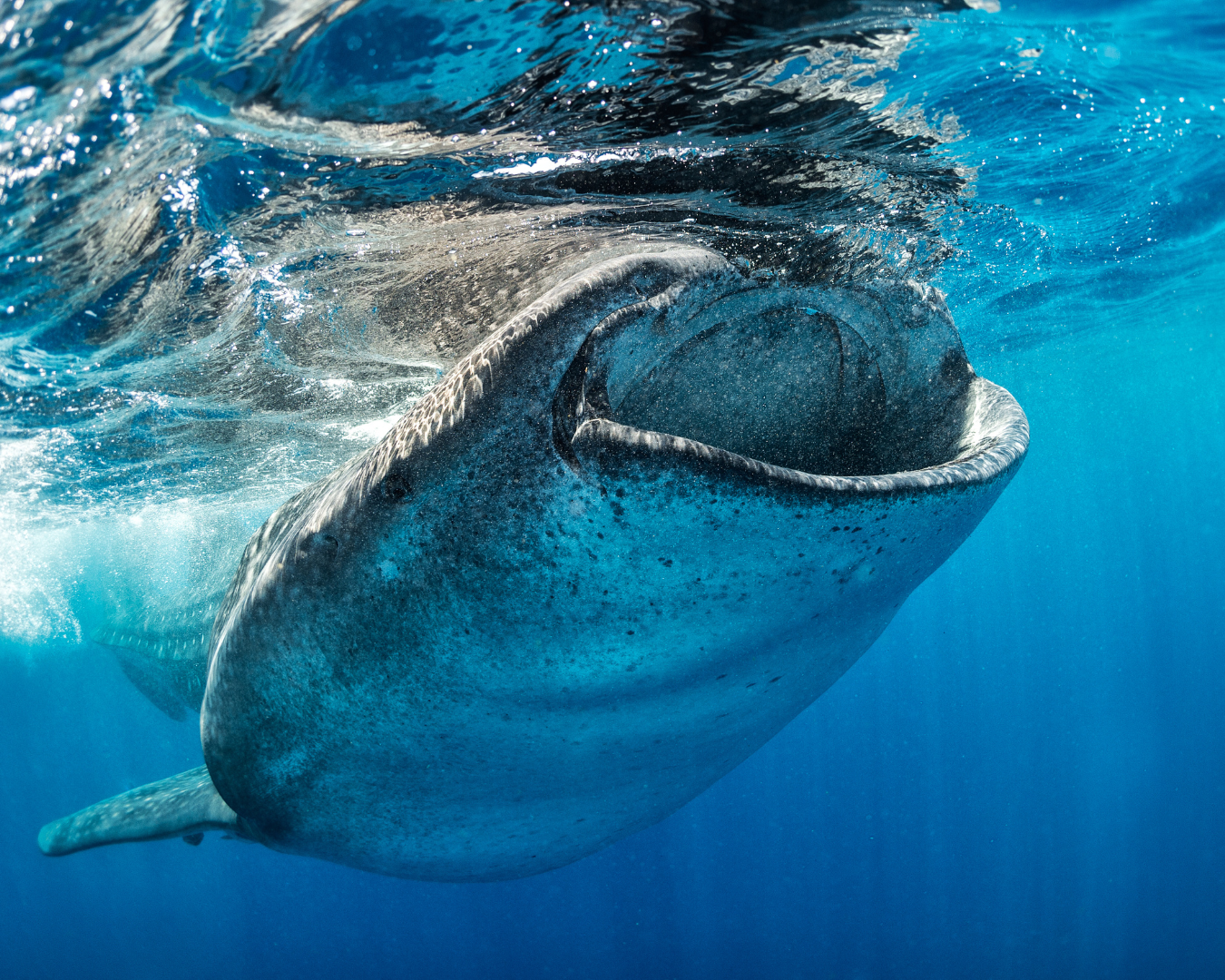
What Makes It Iconic
A Spotted Ocean Wonder
Whale sharks are easy to recognise by their broad heads, wide mouths, and distinctive checkerboard patterns of white spots and stripes. Each individual has a unique spot pattern, like a fingerprint, which scientists use to identify and track them.
They’ve become ocean ambassadors for marine ecotourism, drawing people into the water to witness their grace up close.
Whale sharks are mysterious, migratory, and mesmerising. They’re icons not because they dominate—but because they endure, quietly and gracefully.
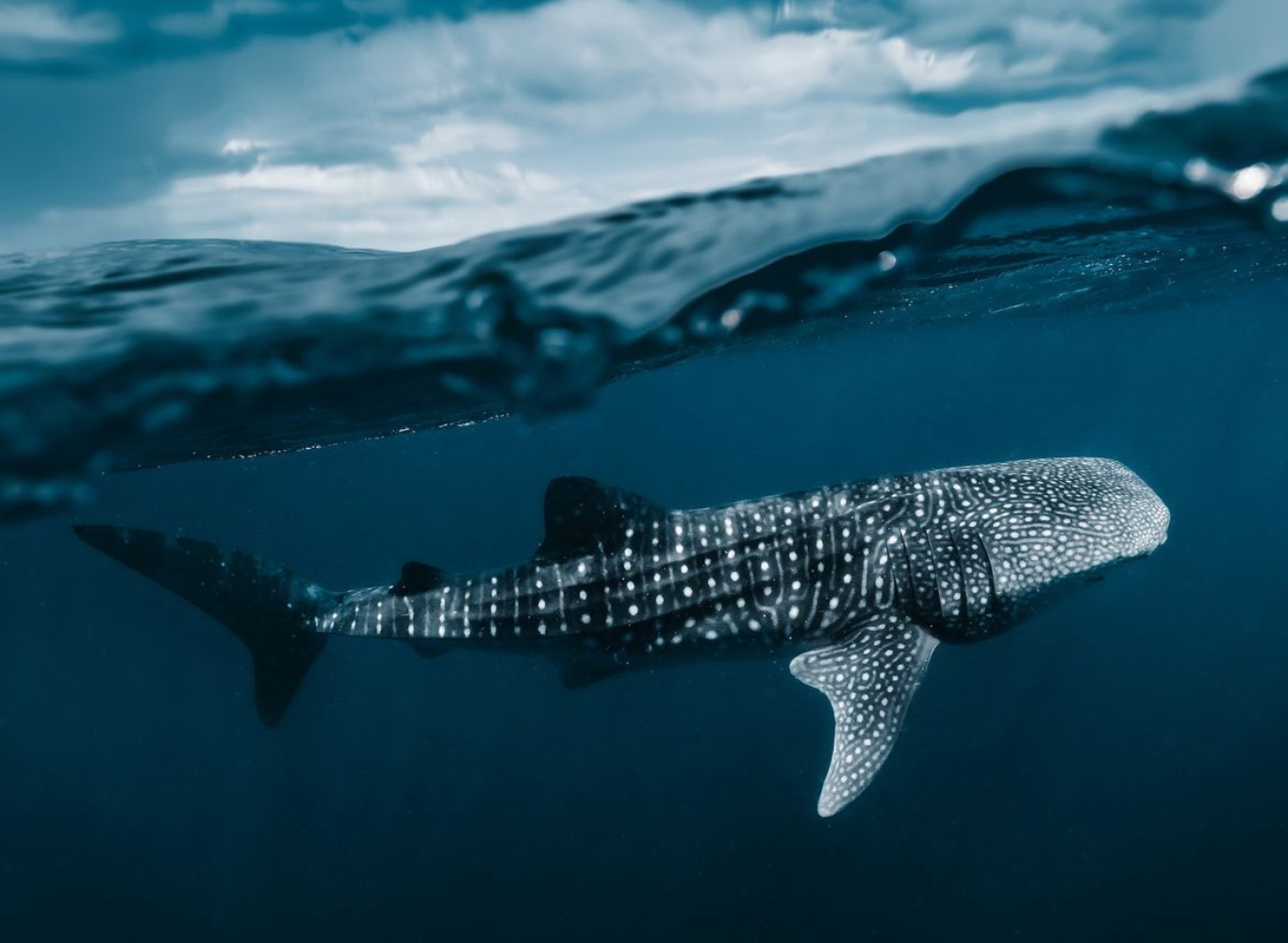
Fun Fact
A whale shark’s mouth can be over 1.5 metres wide, but its throat is only about the size of a grapefruit—it only eats the tiniest prey!
Ecological Role
The Ocean’s Vacuum Cleaner
As filter feeders, whale sharks help regulate plankton populations and maintain balance in tropical marine ecosystems. They feed on microscopic organisms by swimming with their mouths agape, filtering thousands of litres of seawater every hour.
They often gather in areas with high productivity—like coral reef drop-offs, upwellings, and spawning events—making them indicators of healthy marine systems.
Their slow, meandering movement across long distances also helps connect and shape plankton dynamics across ocean regions.
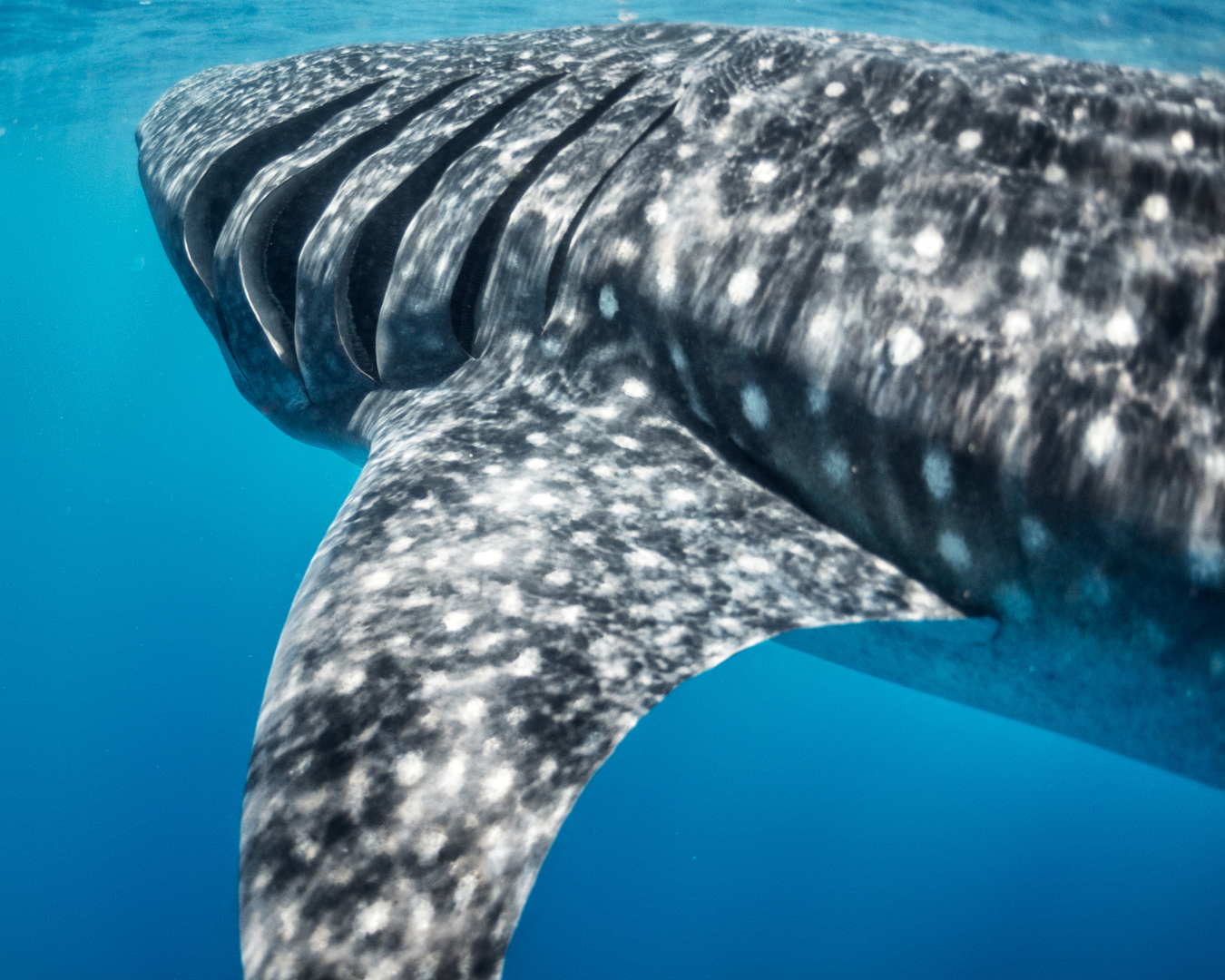
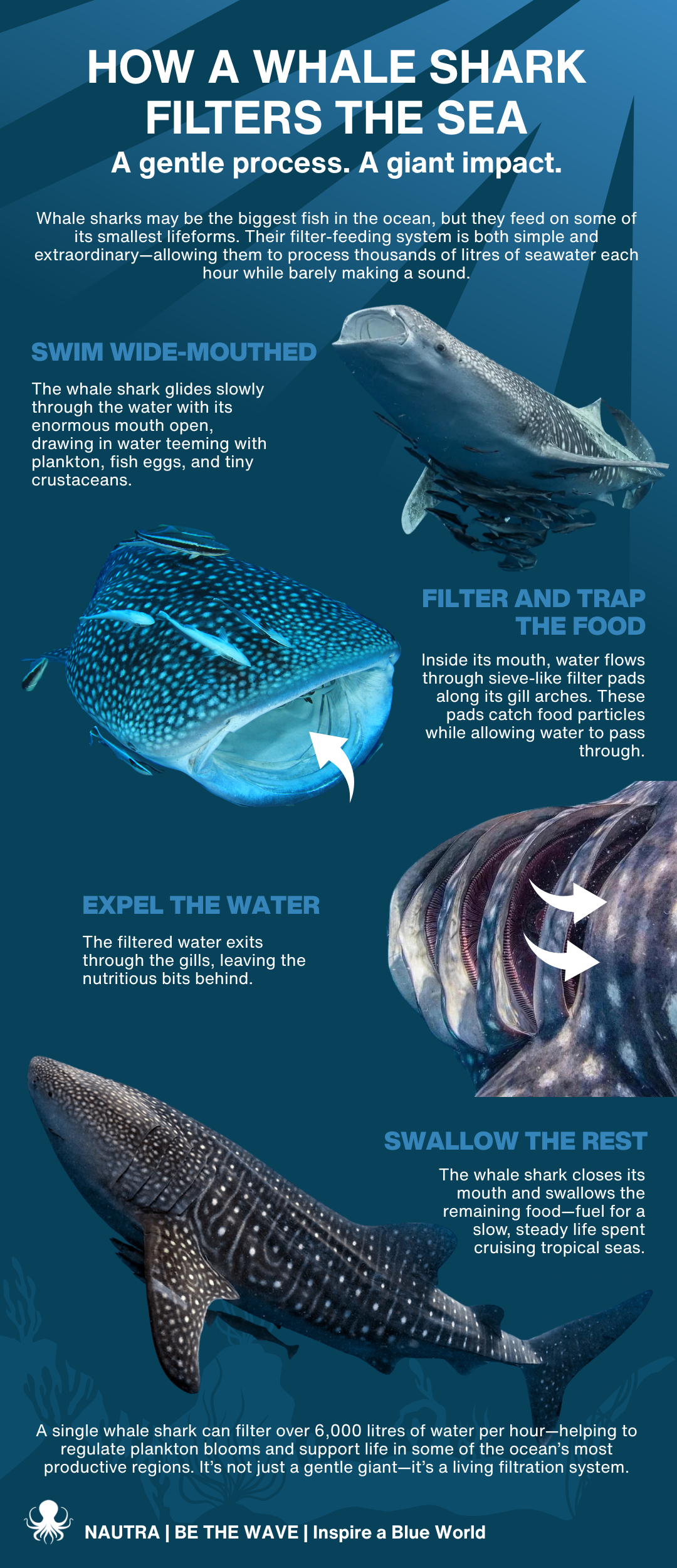
Conservation & Threats
A Giant in Jeopardy
Despite their protected status in many countries, whale sharks face serious threats:
Boat strikes
due to their slow surface swimming
coastal development
which causes habitat degradation
Climate change
which may alter plankton availability and migration routes
Marine pollution
especially microplastics
Bycatch
in tuna and gillnet fisheries
Did you know?
Whale sharks have been spotted with multiple propeller scars—a sign of increasing danger in high-traffic marine zones.
Hope & Action
A Species We Can Still Save
The whale shark is listed as Endangered, but conservation efforts are growing:
- Global protection under CITES and national laws
- Photo-ID and tagging projects help track migrations
- Eco-tourism guidelines protect them from harassment
- Community science programmes (e.g., Wildbook for Whale Sharks) engage divers and locals in data collection
Protecting whale sharks also protects reefs, fisheries, and the communities that depend on them.
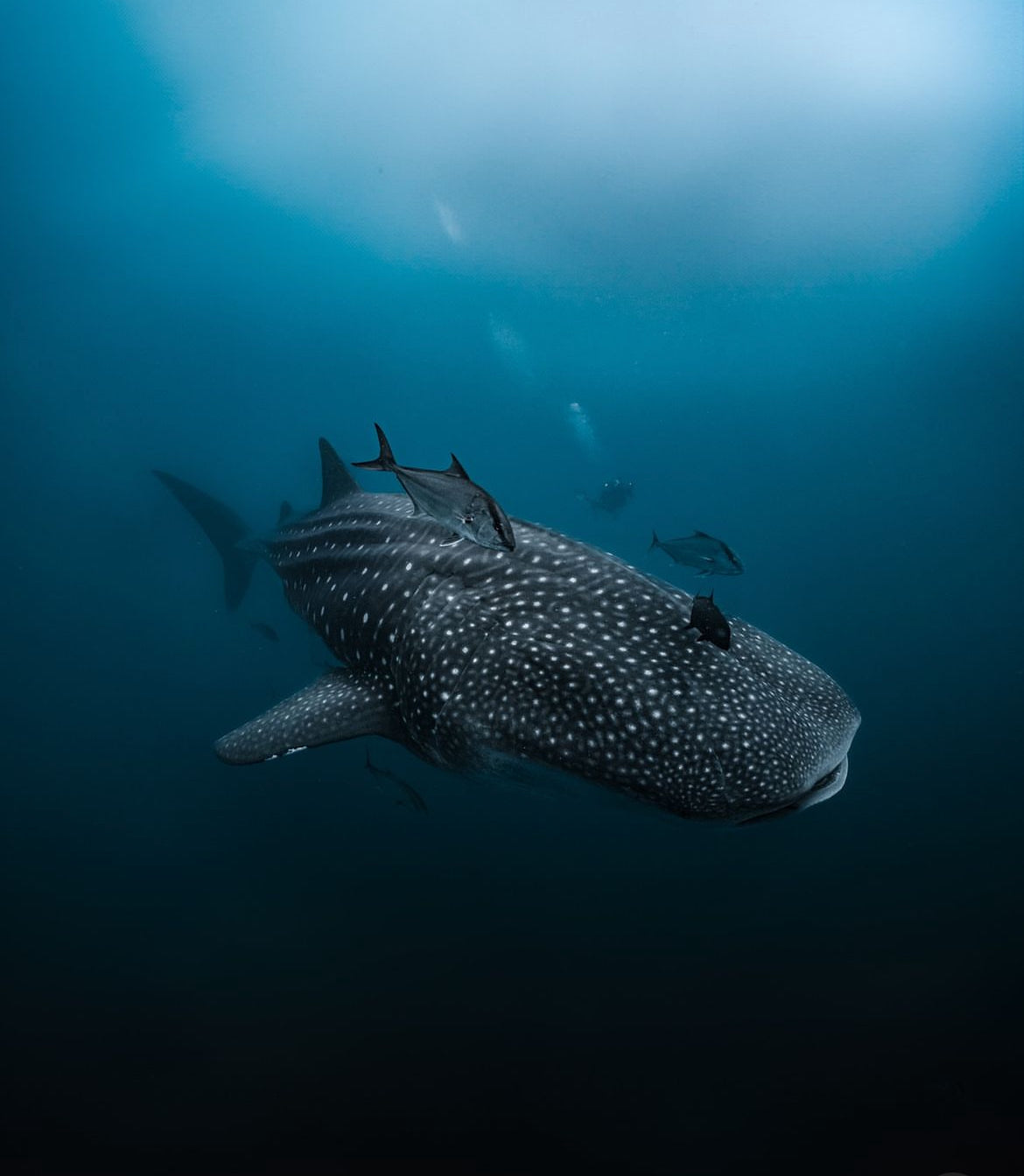
Why they Inspires Us
The Sea’s Star-Covered Giant
The whale shark reminds us that power isn’t always loud or fast. Sometimes, it’s quiet and ancient—gliding through the blue with gentle purpose, its body marked by constellations.
It calls us to look beyond fear and awe and instead focus on coexistence, balance, and reverence for even the biggest of life forms.
At NAUTRA, our Whale Shark Collection is inspired by this ocean mystery. With every spot and stripe, we turn its story into wearable magic—raising awareness, sparking conversation, and helping protect what makes the sea so extraordinary.
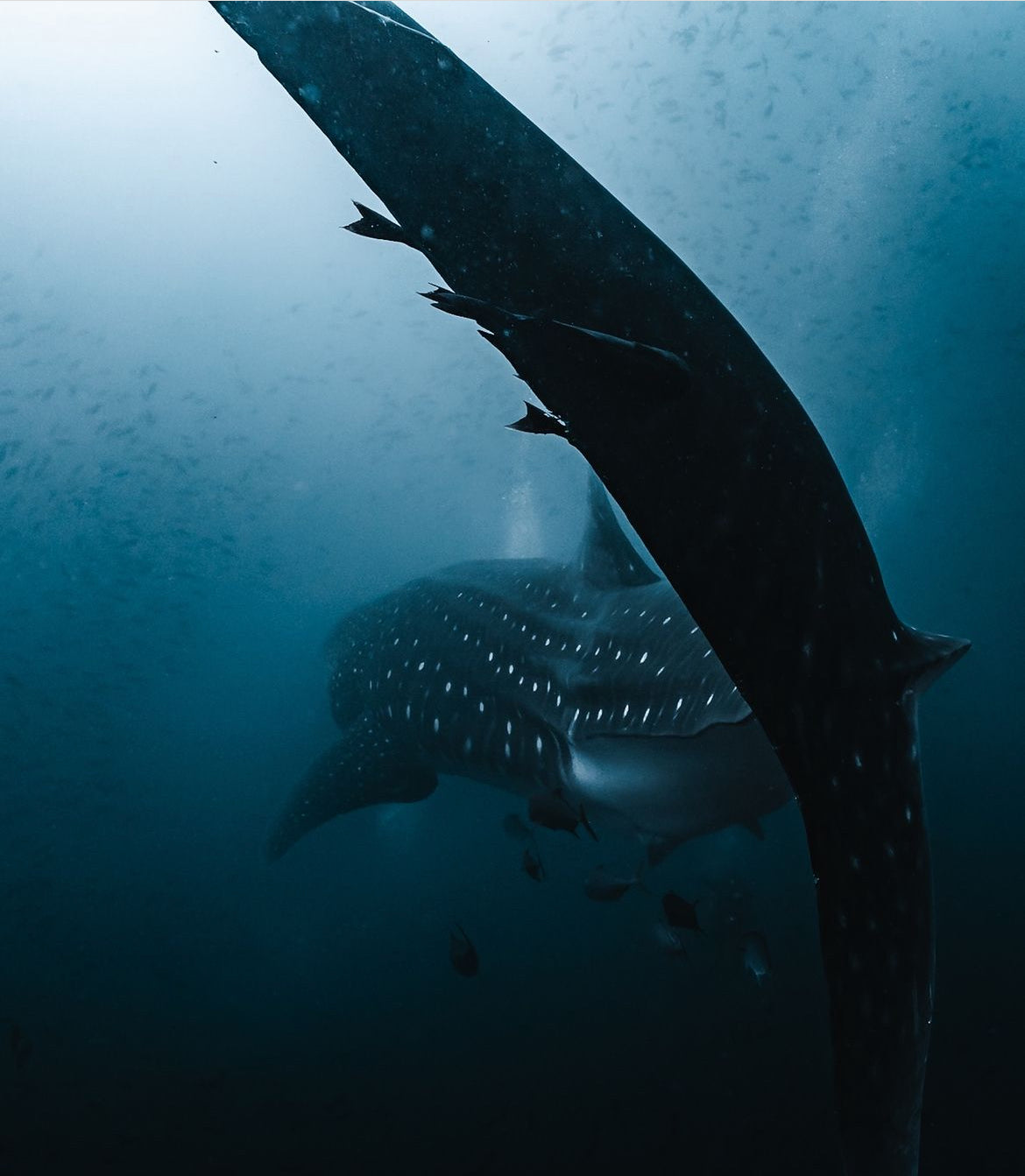
Whale Shark Collection
Species Overview
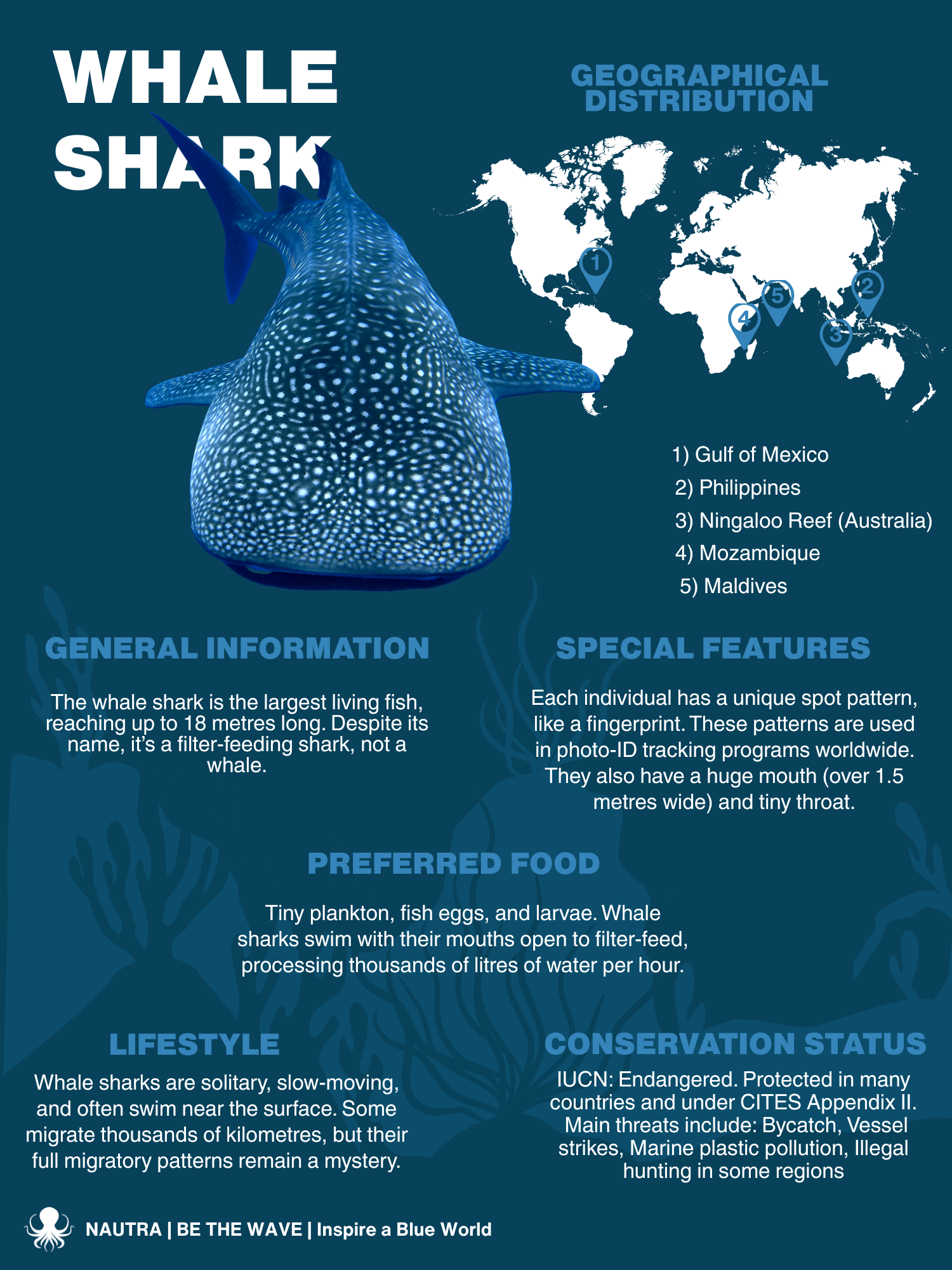
Species ID Card
Whale Shark
Want to take this species with you? Download our printable ID card to keep learning, share with others, or use in your classroom or ocean journal.
NEXT SPECIES
The Seagrass Gardener of the Tropics: Green Sea Turtle
Calm, ancient, and endlessly endearing. Next up: meet the turtle that keeps coral reefs clean and coastlines thriving.
